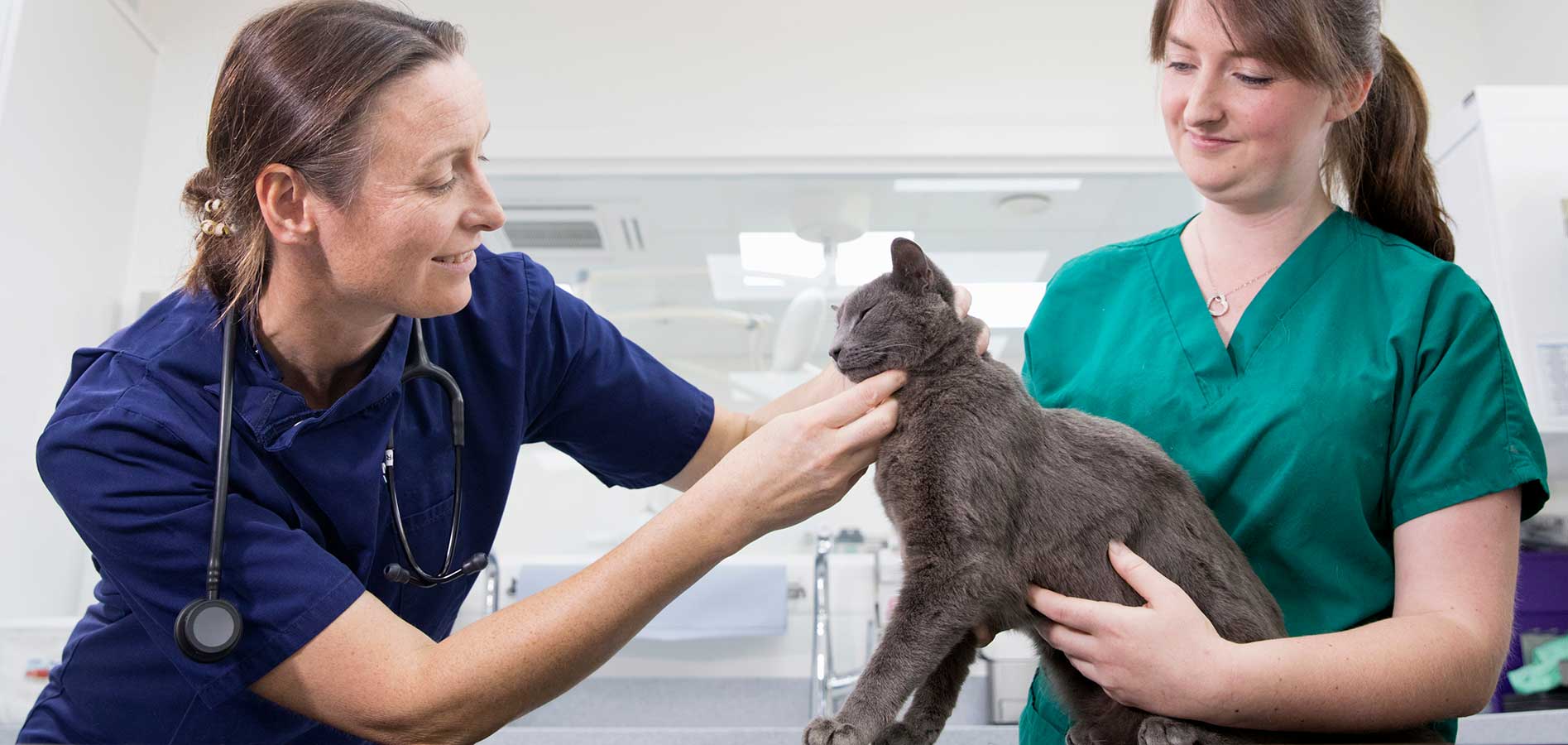Almost every software service company in the veterinary space is innovating at a rapid pace to expand their offerings and solve problems for veterinary practices. This means that as the customer, you are at risk for implementing and paying for multiple platforms that do the same thing. It is important to take inventory of your software services at the beginning of each year to make sure you are not only up to date on the latest and greatest, but that you are not overspending your hard-earned money on redundant technology.
Well-planned technology should simplify your practice’s operations and streamline client communications, but competing technology services bog things down, leading to inefficiency and inconsistent messaging.
Where did all this technology come from?
About 20 years ago, technology companies saw an opportunity in the veterinary industry and began to focus their development and sales energy on this prime market. We experienced early innovation with reminder systems like VetStreet and VetScene, two trailblazing companies that started as a “nice-to-have” accompaniment to the available practice management systems (PMSs). Back then, veterinary practice management systems did not provide a reminder service, highlighting a clear separation of service.
Newer, third-party reminder companies with PMS integration—a more modern approach—began to emerge around 2012 and 2013. The legacy PMS systems then began to build their own internal reminder systems. Fast forward to the last five years, and the amount of technology available to veterinarians has exploded and many providers are overlapping in their service offerings.

What is veterinary data integration?
“Integration” is a two-way street comprised of:
- Extraction — This refers to one-directional output of data from the practice management system to a third-party service. This commonly includes such information as pet owner name, pet name, reminders and due dates, upcoming appointments, patient signalment, weight, rabies tag number, and microchip number.
- Write back — This is a one-directional input of data collected from a third party and written back into the practice management system. Write back is very limited to certain tasks like appointment confirmations and two-way chat messages. Many practice management systems do not support this type of collaboration, which ultimately prevents veterinary practices from building a seamless, end-to-end experience for their practice.
In an ideal world, a third-party provider and practice management system would have full capability for any and all bi-directional integration, but so far, that does not exist in the veterinary industry. For now, you will have to continue to power multiple providers to deliver an advanced digital experience to your clients.
How can you streamline your current technology platforms
When streamlining your hospital’s technology and cutting out extraneous tools, there are two main steps:
1: Make your technology wish list
Design your dream reminder system and your ideal client engagement and communication system. Divide your key features into must-haves and nice-to-haves. Choose what’s important for your clients and your team to help make communication a cinch.
2: Take inventory of your current technology tools
Take inventory of all the technology tools you’re subscribed to, and see where they overlap or provide unnecessary features you no longer need. As technology companies continually create innovative new features, your current tools may have added features you don’t even know about. Give your technology providers a quick call to see what new features they have in the works, and if they fit your hospital’s client communication needs.
Just like you do an inventory count twice a year for your practice, add technology inventory to your annual to-do list to see where your “stock” overlaps or is outdated for your client communication needs.
Once you know what you have and where you want to take your technology, you can consolidate your tools into one or two practical and efficient client engagement and communication platforms.
The more you streamline your communication system, the more you help your practice achieve overall success. Your clients get consistent messaging from one source, and your team will be so appreciative that they only have to focus on one technology platform for client engagement and communication. After all, your focus should be on patient care, not juggling multiple technology providers for appointment reminders.

What is in store for veterinary technology platforms?
Chances are quite high that our industry will be disrupted and experience a technology evolution in the next five years. My prediction is that a practice management system will emerge to unify and defragment the industry, standardize the codes, and normalize the data being collected. The infrastructure will be a “mothership” that can power and leverage third-party software companies in a collaborative way, catapulting the veterinary technology space to empower veterinarians to truly focus on their patients and clients.
Until then, if you would like help or guidance in analyzing your current systems, schedule a call with us by emailing [email protected]. I recommend completing this Client Engagement Software Assessment Survey first; it will be extremely helpful in this process.
Unsure if your practice management software will play well with other technology? Schedule a demo to see how Vet2Pet can seamlessly integrate into your practice management software, providing a host of customizable client communication and engagement features.



